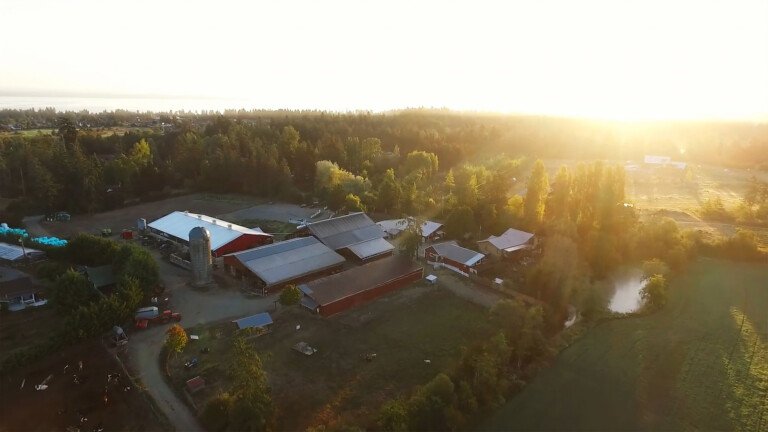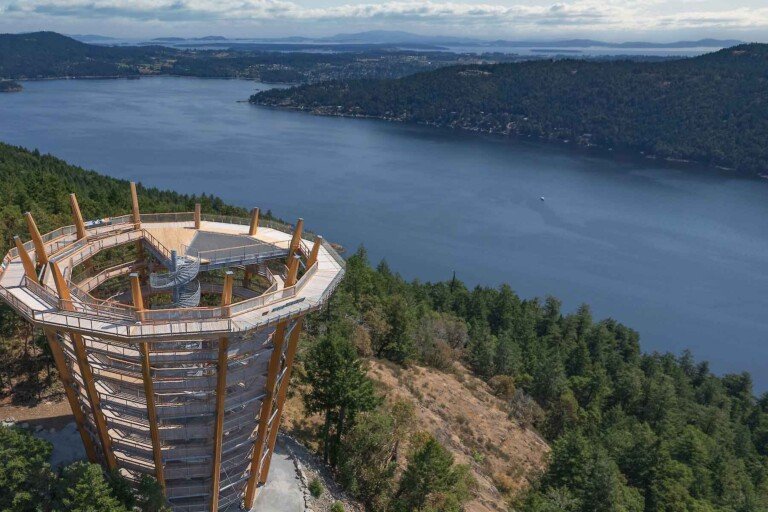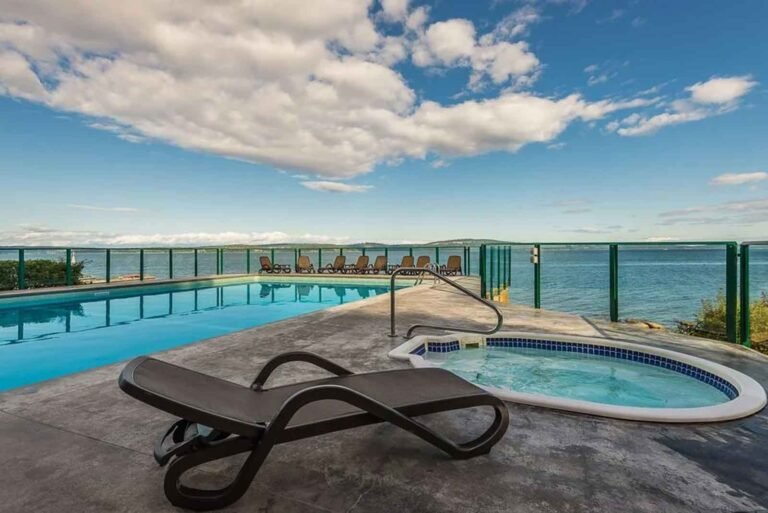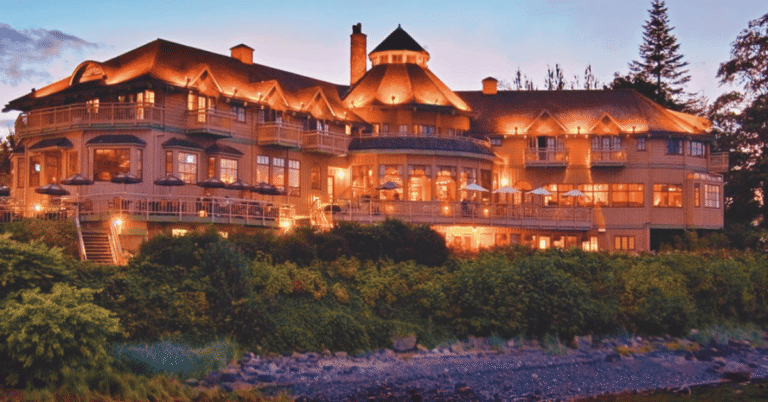Northern British Columbia provides some of the most spectacular and pristine wilderness rivers in the world, including the Tatshenshini-Alsek, the Babine, the Bulkley, the Stikine, the Gathea, the Liard, the Turnagain, the Kechika River, and many more that provide excellent river rafting.
Don’t even think about canoeing or kayaking the Stikine River into the Grand Canyon of the Stikine, a 61-mile (100-km) stretch of impassable waters that charge through canyons 1,000 feet (300 m) deep. It has only once been bested.
Be content with the waters that are runable: for instance, the 160-mile (260-km) stretch between Tuaton Lake in the Spatsizi Plateau Wilderness Provincial Park and the Hwy 37 bridge over the Stikine. If you wish, you can pick up the trip on the other side of the Grand Canyon of the Stikine, continuing downriver from Telegraph Creek all the way to Wrangell, Alaska, for a fortnight’s travel of 280 miles (459 km). This is a trip for experienced backcountry paddlers only. Tuaton Lake can be reached by floatplane.
The Spatsizi River in the Spatsizi Plateau Provincial Wilderness Park is accessible via a 3-mile (5-km) portage from the BC Rail grade. There are no major rapids on the Spatsizi River, but once the Spatsizi flows into the Stikine River, expect some rough water and rapids, especially at higher water levels. Plan on 7 to 10 days for rafting either the Stikine (Tuaton to Hwy 37 bridge) or the Spatsizi/Stikine routes. A number of river-rafting companies offer treks through this wilderness paradise.
The Dease River from Dease Lake to Liard River used to be one of the most important water highways in the province, and saw its last great use during the construction of the Alaska Hwy. Nowadays, the river is experiencing a bit of a renaissance, as paddlers discover this 162-mile (265-km) waterway. It’s mostly Class I and II, with some Class III rapids. Expect to take about seven days to complete the one-way paddle.
Though the usual route for rafting expeditions on the Tatshenshini River starts in the Yukon and ends in Alaska, much of the river’s path is through British Columbia’s Coast Mountains. The full 161-mile (260-km) river-rafting trek will take 14 days, though it is possible to do smaller 6 and 8 day trips on the Upper Alsek River. Altogether, there are three routes on the Y-shaped river system that lend themselves to exploration in this World Heritage site. The Tatshenshini and its heftier counterpart, the Alsek, run south through the St. Elias Mountains, home to some of the tallest peaks in Canada, many of which reach elevations of 15,000 feet (4575 m). The two rivers merge just inside the western boundary of Tatshenshini-Alsek Provincial Park, then flow as the Alsek through Alaska to meet the Pacific at Dry Bay. The Tatshenshini-Alsek watershed is often referred to as the ‘Holy Grail’ of rafting.
The Turnagain River offers a true remote rafting expedition; untouched wilderness, interesting history, and a true feeling of pioneering combined with stunning scenery. The river has the honour of being named a Canadian heritage river. Starting at the historic mining community of Boulder city, the crystal clear waters flow from near the Spatsizi plateau through the Cassiar range, where wildlife is abundant. The week-long trip ends at the magnificent Turnagain Canyon and Falls, from where rafters fly back to the starting town of Dease Lake. Those on the two-week trip are heli-portaged around the canyon and continue down river, entering the Kechika River, and ending the journey at Liard River, home of the world famous Liard Hotsprings.
Ten-day rafting expeditions are offered on the Gataga River and the upper Kechika River systems. This wild and untamed area is very remote, and the river is seldom travelled. This newly protected area supports some of the largest concentrations of large mammals in North America, earning the title Serengeti of the North. This trip uses Fort Nelson as an arrival and departure point, with transportation to and from Muncho Lake provided.






